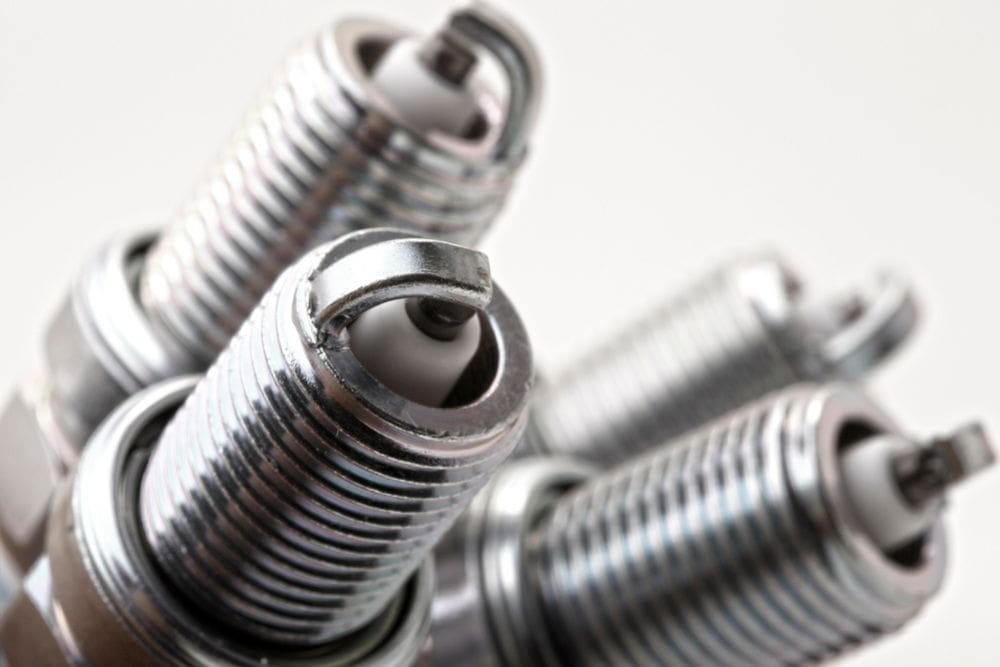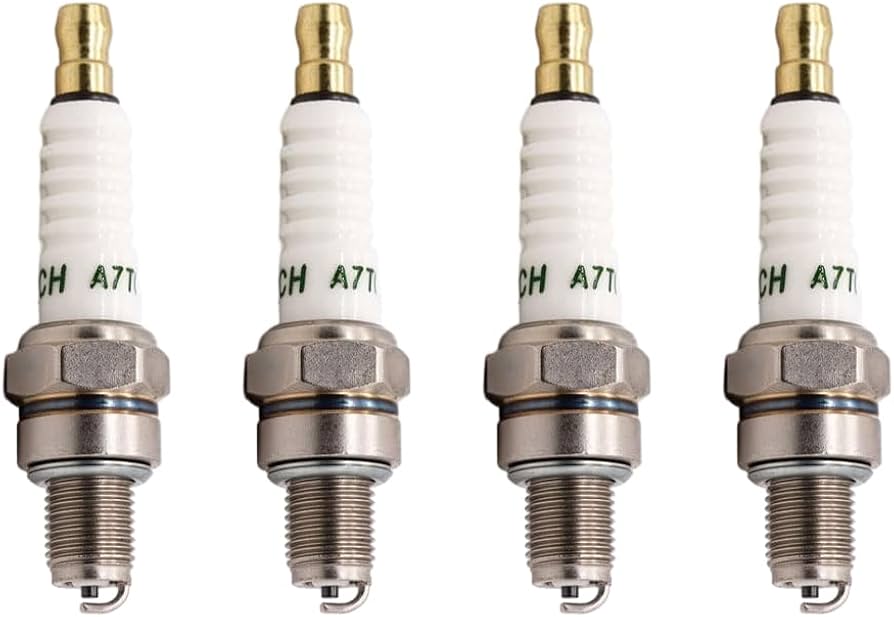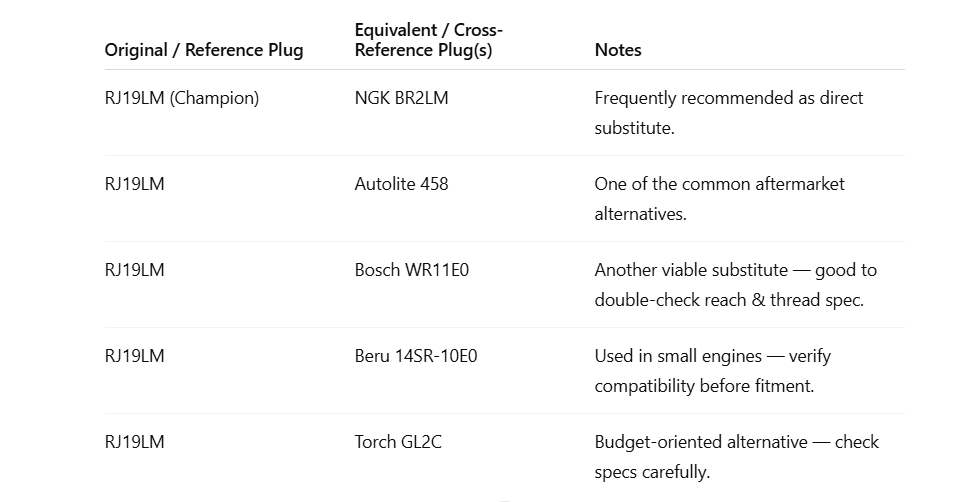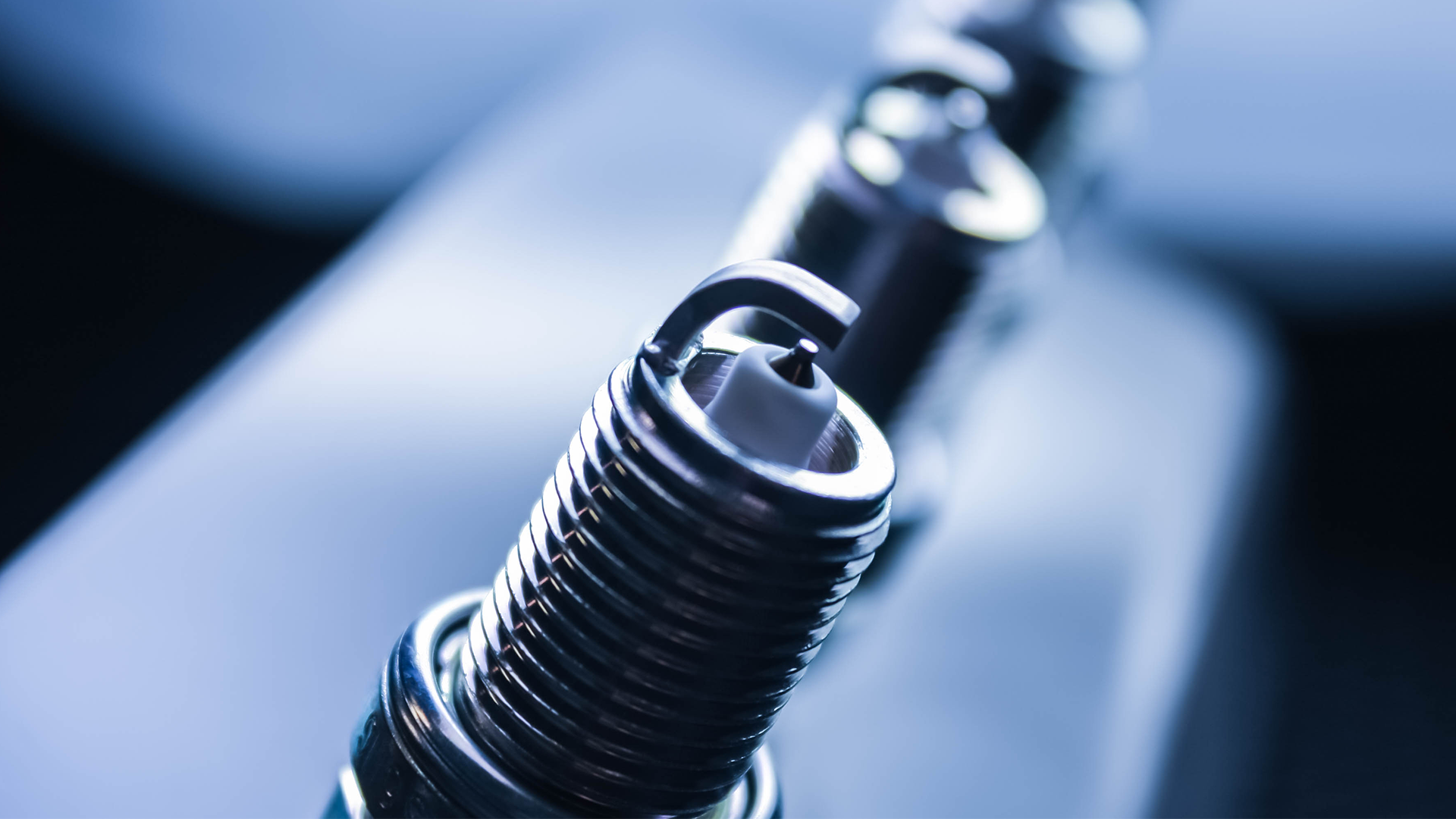Some engines have 3 spark plugs per cylinder to enhance combustion efficiency and power. This setup ensures a more complete burn, improving fuel efficiency and engine performance.
When you think of spark plugs in an engine, you may imagine a simple component responsible for igniting the fuel and air mixture inside the combustion chamber. However, some advanced engines use three spark plugs per cylinder, a design that raises a lot of questions for car enthusiasts and mechanics alike. Why is this necessary, and what benefits does it offer?
In this article, we’ll explain the reasons behind using multiple spark plugs, explore the advantages and challenges, and take a look at real-world examples.
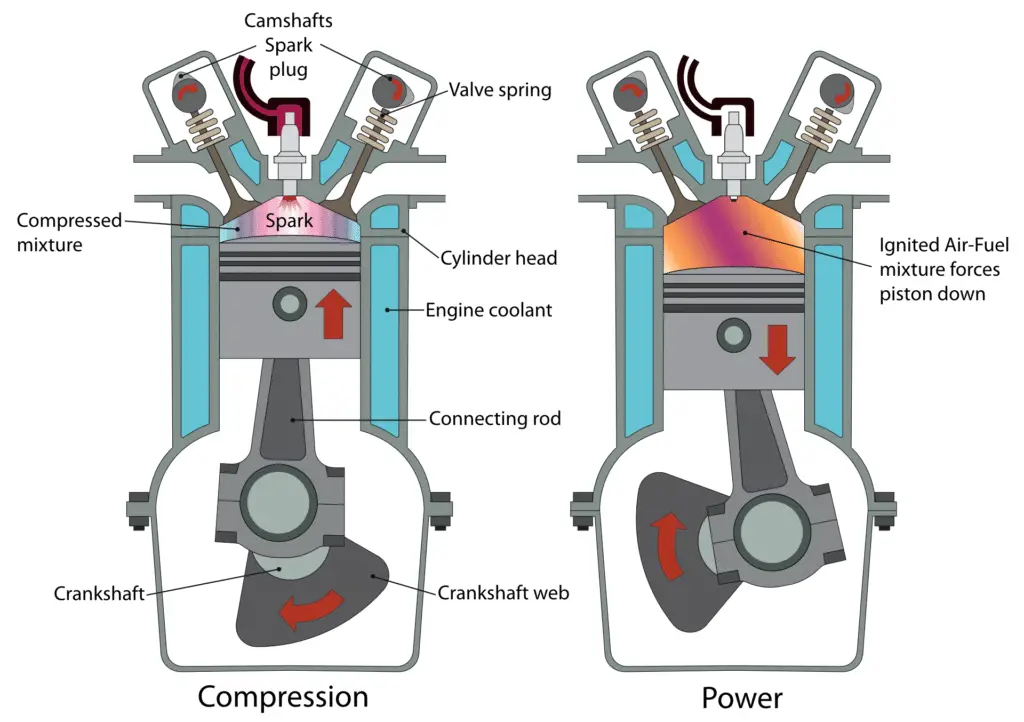
Contents
What is the Role of a Spark Plug?
Spark plugs serve as the ignition system for an engine, creating a small spark that ignites the air-fuel mixture within the cylinder. The proper functioning of a spark plug is crucial for engine performance. When the spark plug fires at the right moment, it ensures efficient combustion, leading to smooth engine operation, better fuel efficiency, and lower emissions.
Why Some Engines Have 3 Spark Plugs Per Cylinder
While most engines use a single spark plug per cylinder, some advanced and high-performance engines incorporate multiple spark plugs. This design is implemented to optimize engine performance, reliability, and fuel efficiency, offering various benefits that we’ll explore in this article.
1. Enhancing Combustion Efficiency
A key reason behind multiple spark plugs in an engine is to improve the combustion efficiency. In larger cylinders, the air-fuel mixture can sometimes struggle to ignite fully when only one spark plug is used. By adding more spark plugs—three in some cases—the ignition process becomes more uniform, ensuring that the fuel mixture ignites at several points within the cylinder. This leads to a more complete combustion, which not only improves the engine’s power output but also enhances fuel efficiency.
Example: High-performance and race engines, such as those used in Formula 1, often implement multiple spark plugs per cylinder to optimize combustion and get the maximum amount of power from every drop of fuel. With this method, the engine burns the fuel more evenly, which is especially critical under high stress and at high RPMs (Revolutions Per Minute).
2. Increasing Power Output
Multiple spark plugs per cylinder help achieve more efficient combustion, which, in turn, increases an engine’s power output. More complete combustion means that more of the fuel is used to create power instead of being wasted. This can lead to a significant increase in horsepower and torque, which is why high-performance sports cars and aircraft engines sometimes use three spark plugs per cylinder.
For example, some high-performance vehicles use a setup with three spark plugs to enhance power delivery and maintain consistent ignition, especially in situations where power and reliability are paramount.
3. Enhanced Reliability and Redundancy
One of the biggest advantages of having more than one spark plug is redundancy. In aviation and other critical industries, engine failure due to a spark plug malfunction is unacceptable. If one spark plug fails, the other spark plugs can still maintain ignition, allowing the engine to continue running smoothly.
Many aircraft engines are designed with dual or even triple spark plugs per cylinder to ensure that in the event of a spark plug failure, the engine will not lose power, making this design particularly important for safety-critical applications like aviation.
4. Prevention of Spark Plug Fouling
Under certain driving conditions, such as when an engine is idling for long periods or when operating under low loads, spark plugs can become fouled by deposits of carbon, oil, and fuel. Spark plug fouling can lead to misfires, poor engine performance, and higher emissions.
Having three spark plugs allows the engine to maintain ignition if one of the plugs becomes fouled. This is particularly helpful in engines that are subject to heavy or inconsistent workloads, such as in marine environments, where engines are frequently running under varying loads.
5. Optimized Flame Propagation
Another benefit of multiple spark plugs is optimized flame propagation. In an engine, the spark ignites the air-fuel mixture, and the resulting flame front travels across the combustion chamber to fully burn the fuel. With multiple spark plugs, the flame front has a better chance of reaching all areas of the combustion chamber simultaneously. This helps the engine run more smoothly and efficiently. The flame front travels from multiple points in the cylinder, reducing the time it takes to burn the fuel completely, which is especially helpful at high RPMs.
Applications of Multiple Spark Plugs Per Cylinder
Multiple spark plugs per cylinder are not just a design choice but are used in specific applications to enhance engine performance and reliability. Let’s explore the key industries and engine types where this technology is most beneficial.
Aviation Engines
Aircraft engines, especially those used in general aviation, typically use two or more spark plugs per cylinder. The reason for this redundancy is safety. Aircraft engines are designed to be as reliable as possible, as engine failure during flight can have disastrous consequences. Dual or triple spark plugs ensure that the engine will keep running smoothly even if one spark plug fails, providing a critical backup system. Furthermore, multiple spark plugs improve combustion efficiency, which is important for long flights and fuel efficiency.
High-Performance Automotive Engines
While most standard car engines use a single spark plug per cylinder, some high-performance cars have adopted the use of multiple spark plugs per cylinder to achieve superior power and efficiency. Brands like Alfa Romeo, BMW, and others have incorporated this design in some of their vehicles to enhance combustion and improve performance.
For example, the 1995 Alfa Romeo 164 3.0 V6 engine used three spark plugs per cylinder to optimize combustion efficiency and power output. This setup helped the engine achieve a smoother and more efficient power delivery, particularly at high RPMs.
Marine Engines
Marine engines, especially those used in large vessels, often use multiple spark plugs per cylinder to ensure reliable ignition under varying operational conditions. Marine engines are exposed to harsh environments, and maintaining optimal performance over extended periods is essential. The use of multiple spark plugs helps reduce the likelihood of misfires and improves combustion efficiency, ensuring the engine operates smoothly even in challenging conditions.
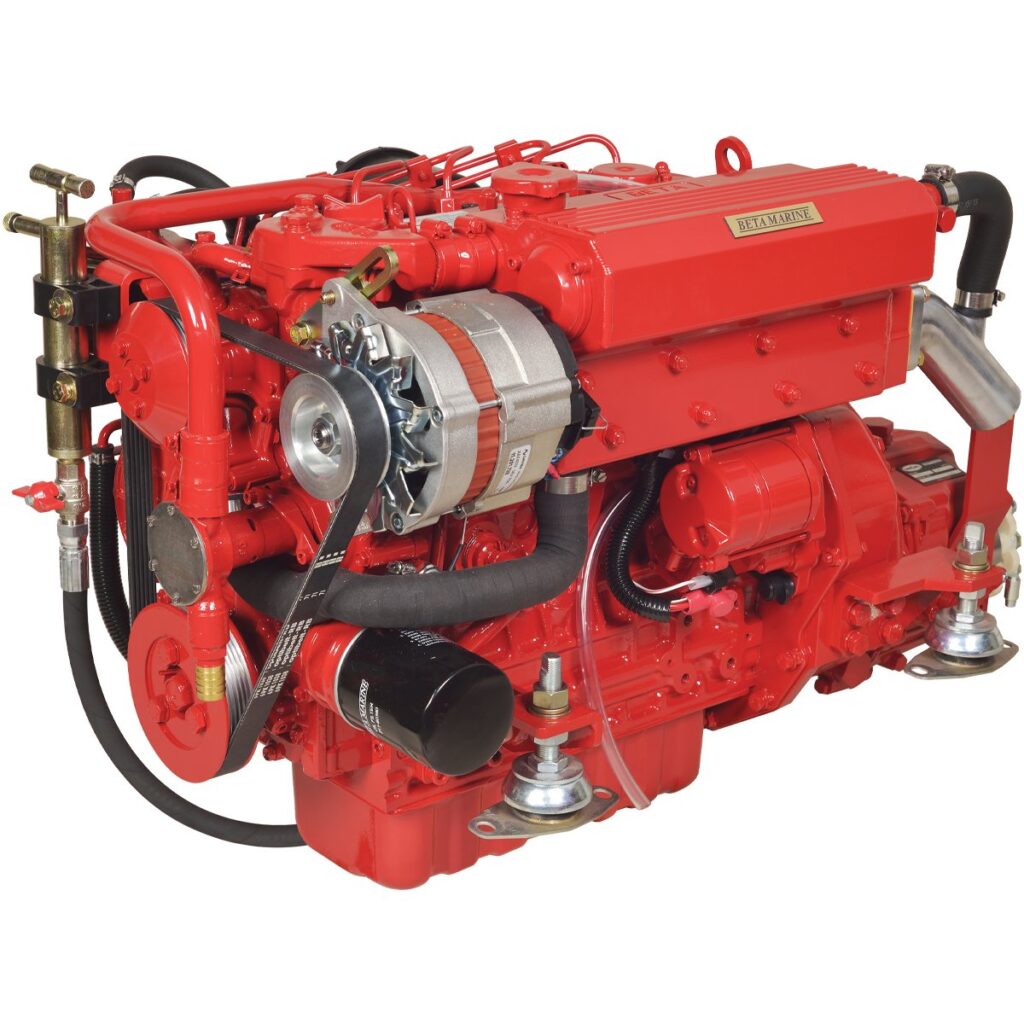
Advantages and Disadvantages of Multiple Spark Plugs
Using multiple spark plugs per cylinder can significantly enhance engine performance, but like any engineering choice, it comes with both benefits and trade-offs. Let’s explore the key advantages of this design.
Advantages
- Enhanced Combustion Efficiency: More spark plugs mean more efficient burning of the fuel-air mixture, leading to higher power output and better fuel economy.
- Increased Power Output: With more complete combustion, the engine can produce more power and torque, which is essential for performance vehicles and aircraft.
- Improved Reliability: Redundant spark plugs ensure that if one plug fails, the engine can continue to run smoothly.
- Prevention of Misfires: Multiple spark plugs help prevent engine misfires, especially under low-load or idle conditions.
- Optimized Engine Performance: Faster and more uniform flame propagation leads to smoother engine operation.
Disadvantages
While multiple spark plugs can enhance engine performance, they also introduce certain challenges. In this section, we’ll explore the potential disadvantages of using multiple spark plugs per cylinder.
- Increased Complexity: Multiple spark plugs add complexity to the engine design, requiring more parts and maintenance.
- Higher Maintenance Costs: Replacing multiple spark plugs can be more expensive and time-consuming.
- Potential for Uneven Wear: If not properly maintained, multiple spark plugs can wear unevenly, affecting engine performance and requiring more frequent replacements.
Related Article
Can Spark Plug Gap Cause Misfire?
What Spark Plug Brand Does Toyota Use?
How to Replace Spark Plugs
Frequently Asked Questions
Here are some FAQs about causes of some engines have 3 spark plugs per cylinder –
1. Why don’t all engines have multiple spark plugs per cylinder?
Most standard engines use a single spark plug per cylinder because it is cost-effective and sufficient for everyday driving. Multiple spark plugs are typically used in high-performance or critical applications like aviation, where reliability and power are more important.
2. Can I retrofit my engine to have multiple spark plugs per cylinder?
While it’s possible to retrofit an engine with multiple spark plugs, it requires significant modifications to the engine’s cylinder head and ignition system. It’s typically not recommended unless you’re working with a specialized engine or have the technical expertise to make such changes.
3. Do multiple spark plugs improve fuel economy?
Yes, by ensuring more complete combustion, multiple spark plugs can improve fuel efficiency, especially in high-performance or large-bore engines where a single spark plug may not be enough.
4. Are there any downsides to having multiple spark plugs?
While multiple spark plugs provide several benefits, they can increase engine complexity and maintenance costs. They also require careful tuning to ensure they work together effectively.
5. Are multiple spark plugs used in electric vehicles?
No, electric vehicles do not use spark plugs as they are powered by electric motors, not internal combustion engines.
Conclusion
Engines with three spark plugs per cylinder represent a sophisticated design choice meant to maximize engine performance, reliability, and efficiency. While this feature is not common in standard vehicles, it plays a crucial role in high-performance, aviation, and marine engines where reliability and performance are paramount. By enhancing combustion efficiency, increasing power output, and offering redundancy, multiple spark plugs contribute significantly to the overall engine design.

